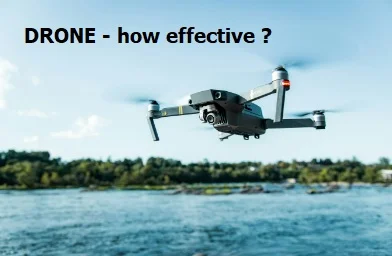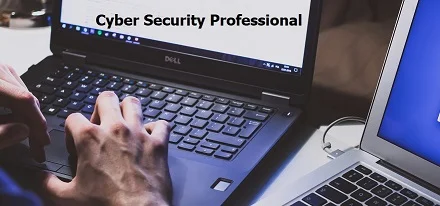Automating Threat Detection at Night in a Residential Colony
When it comes to ensuring the safety and security of a residential colony, a CCTV (Closed-Circuit Television) system can be a valuable asset. With the advancement of technology, it is now possible to automate threat detection at night, providing an extra layer of security for the residents. In this blog post, we will explore the number of cameras and computers required for CCTV installation in a residential colony with 100 multi-storey houses in Delhi.
The Importance of CCTV Systems
CCTV systems have become increasingly popular in residential areas due to their ability to deter crime and provide valuable evidence in case of any incidents. With the integration of advanced features such as night vision and motion detection, these systems can now provide round-the-clock surveillance. By automating threat detection at night, residents can have peace of mind knowing that their safety is being prioritized.
Determining the Number of Cameras
The number of cameras required for CCTV installation depends on various factors such as the size of the residential colony, the layout of the houses, and the desired coverage area. In the case of a residential colony with 100 multi-storey houses, it is important to ensure that every corner is adequately monitored.
A good starting point is to have at least one camera per entrance and exit point, including gates and main doors. Additionally, it is crucial to cover common areas such as parking lots, playgrounds, and community centers. By strategically placing cameras in these areas, the entire residential colony can be effectively monitored.
Considering the size of the residential colony, it is recommended to have a minimum of 20 cameras installed. This number can be adjusted based on the specific requirements and layout of the colony. It is always advisable to consult with a professional CCTV installation service to determine the ideal number and placement of cameras.
Computers for Threat Detection
Automating threat detection at night requires the use of computers with advanced video analytics capabilities. These computers analyze the video feed from the CCTV cameras in real-time, identifying any suspicious activities or potential threats. The number of computers required depends on the complexity of the system and the desired level of automation.
For a residential colony with 100 multi-storey houses, it is recommended to have at least two dedicated computers for threat detection. These computers should be equipped with powerful processors and sufficient storage to handle the video data. It is also important to ensure that the computers are connected to a reliable power source and have a stable internet connection for seamless operation.
In addition to the threat detection computers, it is advisable to have a central monitoring station where the video feeds from all the cameras can be monitored. This can be a separate computer or a dedicated monitor connected to the network. Having a central monitoring station allows for quick response in case of any suspicious activities.
Conclusion
Automating threat detection at night in a residential colony can significantly enhance the security of the residents. By installing an adequate number of CCTV cameras and utilizing advanced video analytics capabilities, it is possible to create a robust surveillance system. In the case of a residential colony with 100 multi-storey houses in Delhi, a minimum of 20 cameras and two dedicated computers for threat detection are recommended. However, it is always advisable to consult with professionals to determine the ideal setup based on the specific requirements of the colony.
Remember, safety should always be a top priority, and investing in a reliable CCTV system is a step in the right direction.




